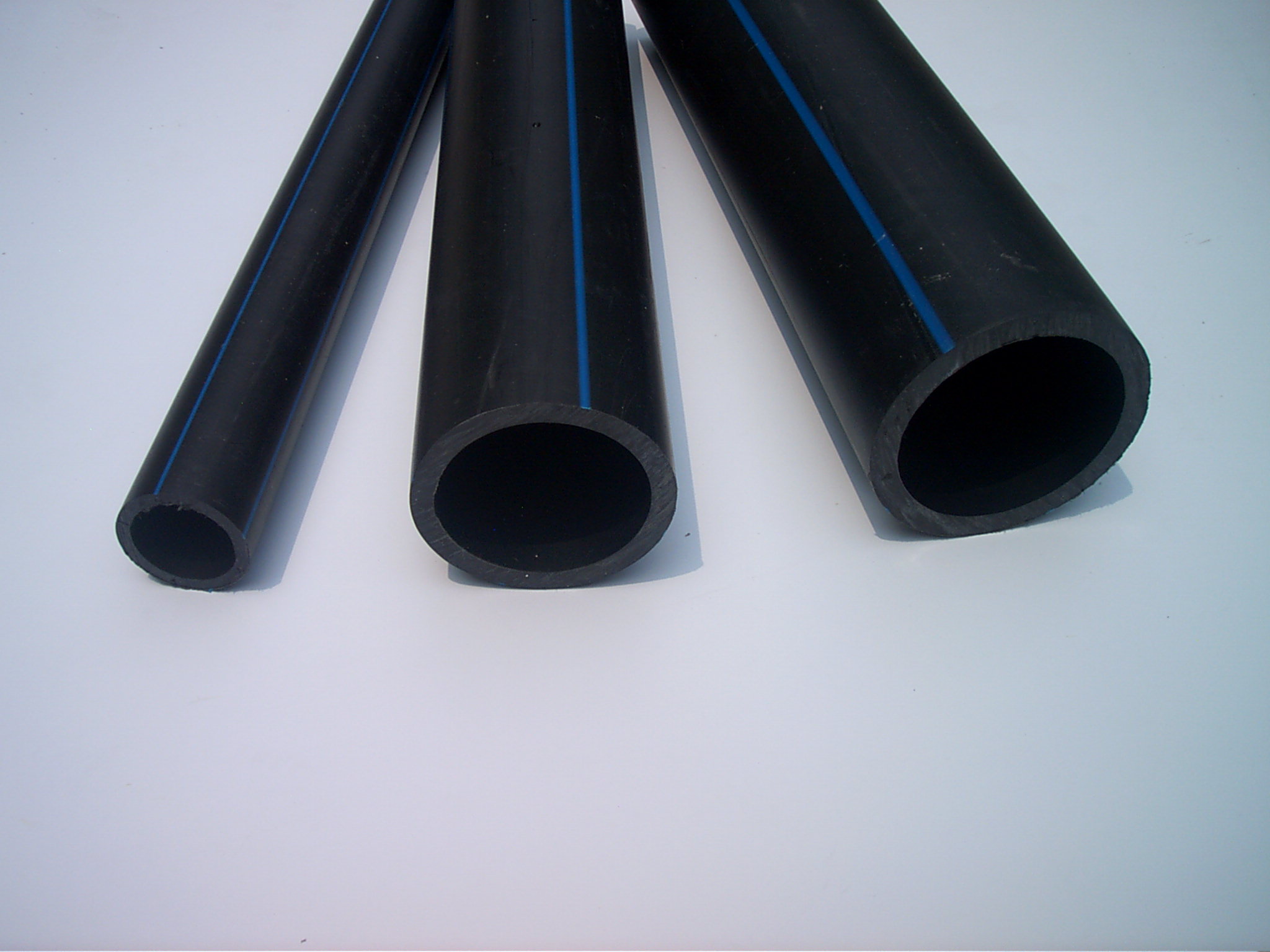Dec . 03, 2024 16:49 Back to list
40mm waste pipe fittings
Understanding 40mm Waste Pipe Fittings A Comprehensive Guide
When it comes to plumbing systems, understanding the various components that make up waste management is crucial. One essential element in this system is the 40mm waste pipe fittings. These fittings play a vital role in the effective drainage and disposal of waste fluids in residential, commercial, and industrial settings. In this article, we will explore what 40mm waste pipe fittings are, their types, applications, and installation considerations.
What are 40mm Waste Pipe Fittings?
40mm waste pipe fittings are plumbing components designed to connect, join, and redirect 40mm diameter waste pipes. These pipes are commonly used for draining waste water from kitchen sinks, baths, showers, and washing machines. The fittings facilitate smooth flow and ensure that wastewater is efficiently moved away from the source without leaks or blockages.
Types of 40mm Waste Pipe Fittings
1. Elbows These fittings allow for the change of direction in a plumbing system. A 40mm elbow can change the flow from horizontal to vertical or at varying angles, typically 45 or 90 degrees, providing flexibility in piping layout.
2. Tees A tee fitting is used to connect three pipes together, allowing for a branch to be created from the main waste pipe. This is particularly useful in complex plumbing setups where multiple sources drain into a single waste line.
3. Bends Similar to elbows, bends allow for directional changes but often come in more gradual angles. They are ideal for creating smoother transitions in piping systems.
4. Couplers These are straightforward fittings used to connect two lengths of pipe. They are essential when extending existing waste pipework or repairing a section of the system.
5. Adapters Adapters are used to connect pipes of different diameters or materials, ensuring compatibility in diverse plumbing configurations.
6. Traps Waste traps are crucial in preventing foul odors from entering the home. They trap a small amount of water which acts as a barrier against gases, while still allowing wastewater to flow through.
Applications of 40mm Waste Pipe Fittings
40mm waste pipe fittings

40mm waste pipe fittings are used in a wide variety of applications. They are most commonly found in residential plumbing systems, managing wastewater from bathrooms, kitchens, and laundry areas. In commercial settings, these fittings can be applied in similar environments, including restaurants and other establishments requiring efficient waste management.
Moreover, in industrial applications, they may be utilized in conjunction with larger systems for the transport of wastewater, ensuring that waste materials are directed properly for treatment or disposal.
Installation Considerations
When installing 40mm waste pipe fittings, there are several considerations to keep in mind
1. Material Compatibility Ensure that the fittings are compatible with the piping material, whether it be PVC, ABS, or other materials. This enhances durability and prevents leaks.
2. Slope and Drainage Waste pipes should be installed with a proper slope (usually 140) to ensure effective drainage. Avoid flat or overly steep installations, as these can lead to blockages and inefficient flow.
3. Secure Connections It is crucial to secure all fittings properly to prevent leaks. Use appropriate adhesives or seals as required by the type of fitting and pipe material.
4. Ventilation Adequate ventilation should be maintained in the plumbing system to avoid pressure issues that can lead to drainage problems.
5. Code Compliance Always ensure that installations comply with local plumbing codes and regulations. This not only guarantees safety and functionality but may also be necessary for any inspections or insurance requirements.
Conclusion
In conclusion, 40mm waste pipe fittings are integral components of any plumbing system. They facilitate the efficient handling of wastewater while ensuring the system remains leak-free and functional. Understanding the various types of fittings and their applications can significantly aid in both the installation and maintenance of effective drainage systems. Whether you are a professional plumber or a DIY enthusiast, having a comprehensive knowledge of these fittings will undoubtedly contribute to successful plumbing projects.
-
High-Quality PPR Pipes and Fittings Durable ERA PPR & PVC PPR Solutions
NewsJul.08,2025
-
Black HDPE Cutting Board - Durable, Non-Porous & Food Safe HDPE Plastic Cutting Board
NewsJul.08,2025
-
High-Quality CPVC Panel Durable HDPE & PVC Panels Supplier
NewsJul.08,2025
-
Double PE Welding Rod Supplier - High Strength, Durable & Versatile Welding Solutions
NewsJul.07,2025
-
High-Quality PVC-O Pipe Supplier Durable 75mm PVC Pipe & Connections Leading PVC Pipe Company
NewsJul.07,2025
-
HDPE Drainage Pipe Supplier – Durable & Corrosion-Resistant Solutions
NewsJul.06,2025

